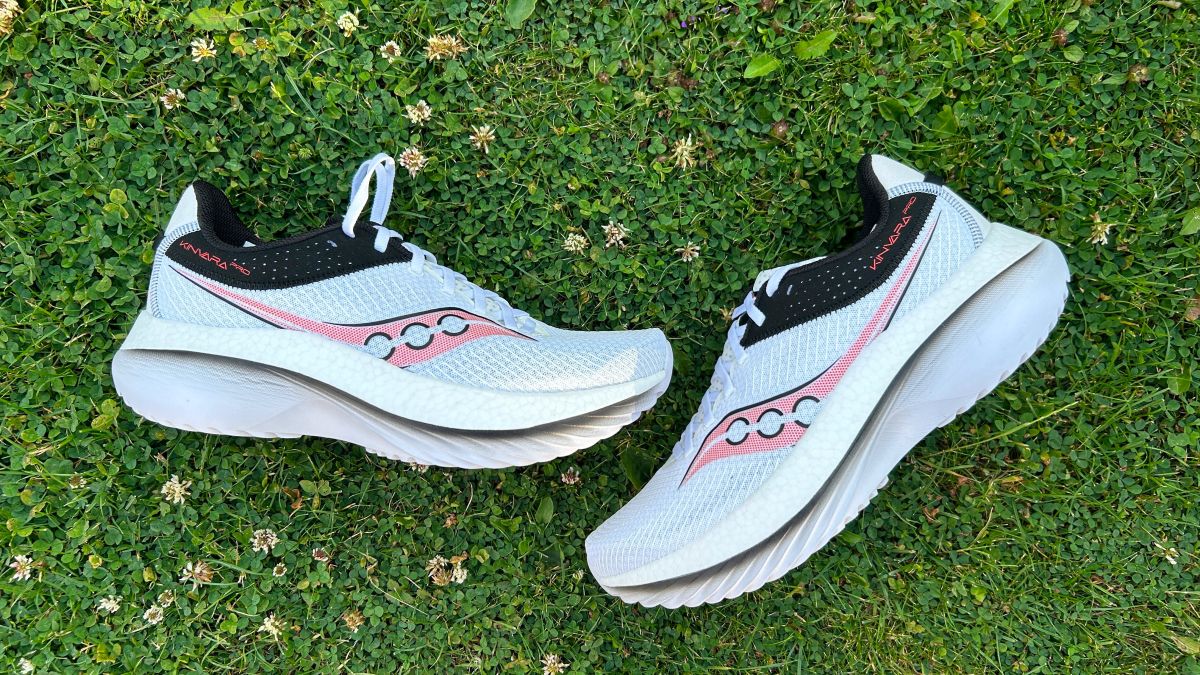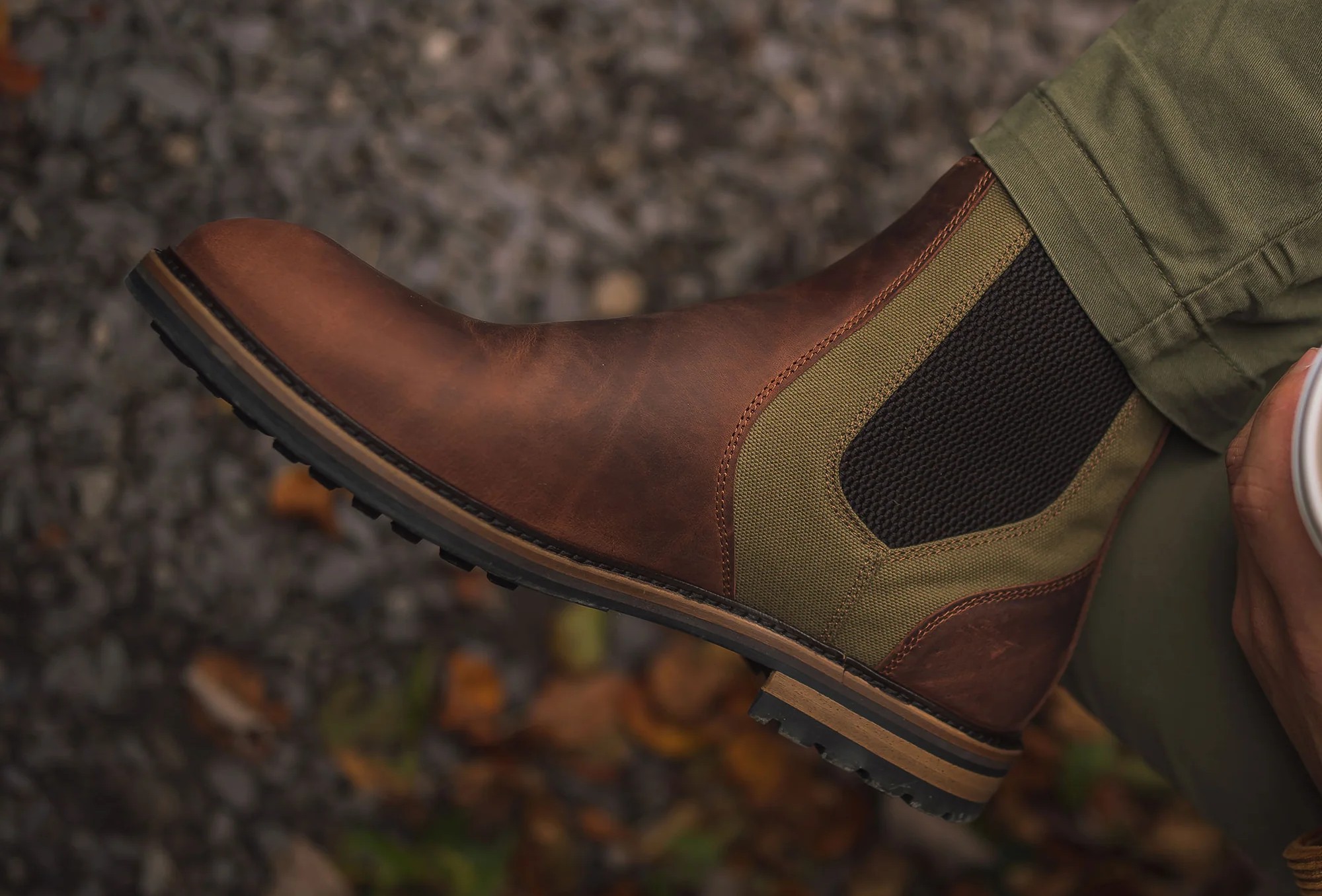The Best New Pieces from Buck Mason Winter 25 Collection
Nov 15, 2025The Saucony Kinvara Pro Could Be The Super-Shoe For People Who Find Super-Shoes Too Unstable
- Jul 7, 2023
- 0 Comments
866

The Saucony Kinvara Pro is a tricky shoe to get a handle on. It has Kinvara in its name but very little in common with the established Kinvara line, which is known for being lightweight, low-drop and fairly minimalist.It also has Pro in its name, like the Saucony Endorphin Pro 3, one of the best carbon plate running shoes. However, despite having a carbon plate in its midsole, the Kinvara Pro isn’t really designed for smashing out PBs on race day. It’s billed as more of a max-stack daily trainer, but at $180/£200 it costs a lot more than other daily trainers. The midsole isn’t entirely made from Saucony’s best foams either. The top layer is the springy PWRRUN PB found on the Endorphin Speed 3 and Pro 3, but the bottom layer is PWRRUN, a much less bouncy and exciting material.The Kinvara Pro is also heavy at 10.7oz/303g in my US 10/UK 9, which is thanks to the very high stack height—it’s 42mm at the heel and 34mm at the forefoot for an 8mm drop.(Image credit: Nick Harris-Fry / Future)On paper, it didn’t make a lot of sense, and after a couple of runs, I’m still not entirely convinced. However, two possible uses for the Kinvara Pro come to mind. One is as a cushioned trainer for easy and long runs to pair with faster shoes like the Saucony Endorphin Speed 3—which is how I’d use it. The other is as a more accessible carbon plate, speed-focused shoe for those who find other super-shoes don’t work for them, because they’re not protective or stable enough.Despite its stack height, the Kinvara Pro is stable thanks to the firmer layer of PWRRUN foam at the bottom of the shoe. It also uses a ¾-length carbon plate, rather than a full-length one, which means it’s a bit softer under the heel and less stiff overall.(Image credit: Nick Harris-Fry / Future)I was worried that the lack of an outsole on the shoe would reduce durability, but actually the foam on the bottom half is hardy enough to take a pounding and not having a rubber layer creates a more grounded feel to the shoe. I also found the Kinvara Pro gripped well even when running on flooded pavements during torrential rain.It’s a faster shoe than I expected too. I used it for an easy-to-steady progression run finishing at sub-6min/mile pace and it rolled along quite comfortably, aided by the Speedroll rocker geometry on the shoe you also have on the Speed 3 and Pro 3 shoes. I did prefer it on the purely easy run I did, but it’s lighter and more nimble on the foot than it looks like it’s going to be, even if I personally wouldn’t pick it for track sessions or race day.On the other hand, it’s not designed for a runner like me. I love super-shoes and find plated trainers like Endorphin Speed 3 comfortable and stable enough to do all my daily training in. Perhaps the Kinvara Pro will be more inviting to those who don’t like the feel of a shoe like the Speed 3 for daily training, or carbon shoes for racing. This is what the Hoka Bondi X was designed to be—a super-shoe for the masses—but it wasn’t a great shoe. The Kinvara Pro is a lot better.With more testing to come I still have significant doubts about whether it’s good enough to justify its high price, but the Kinvara Pro has won me over to an extent. A different name would help avoid confusion of what the Kinvara Pro does. I’ve dubbed it the Endorphin Max in my mind, since the geometry and materials used have more in common with the Endorphin line of shoes.The Saucony Kinvara Pro will be available from 1st August, and will cost $180 in the US and £200 in the UK.







